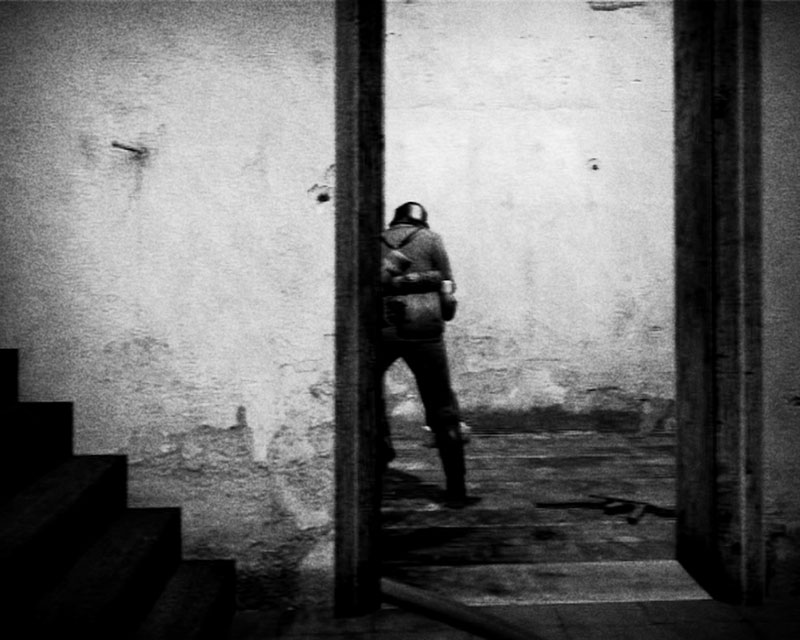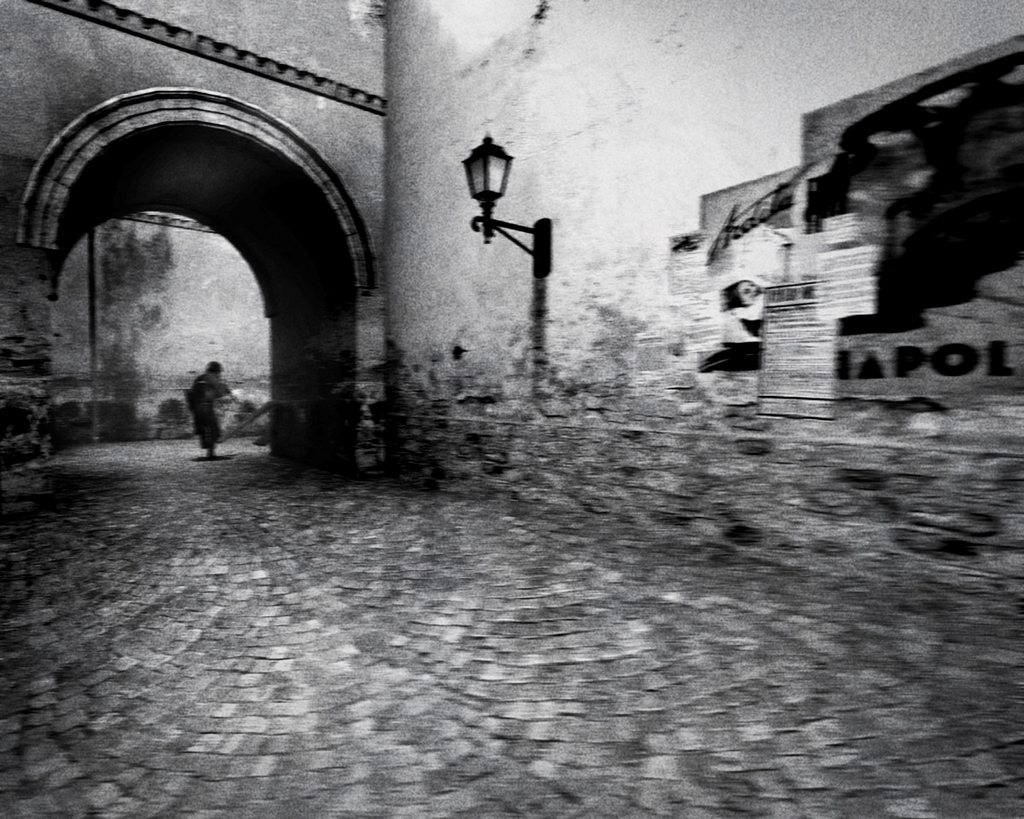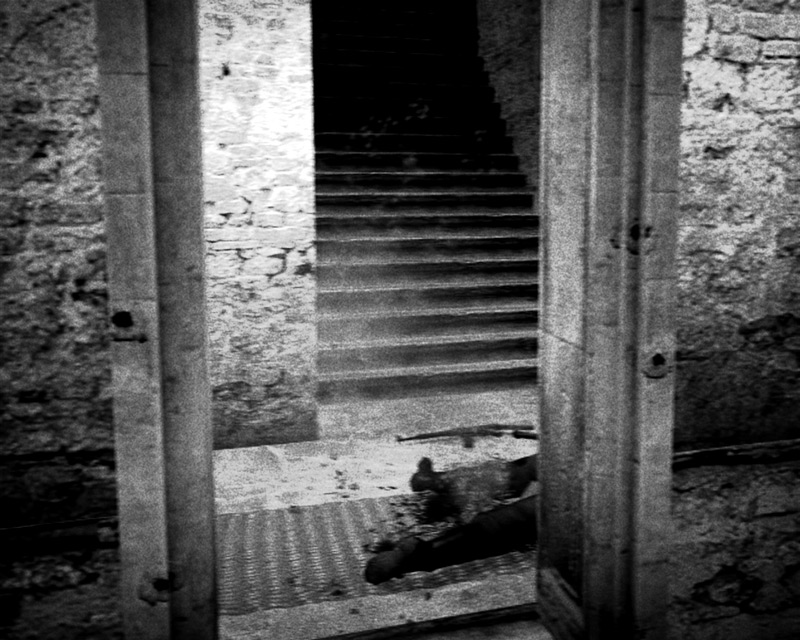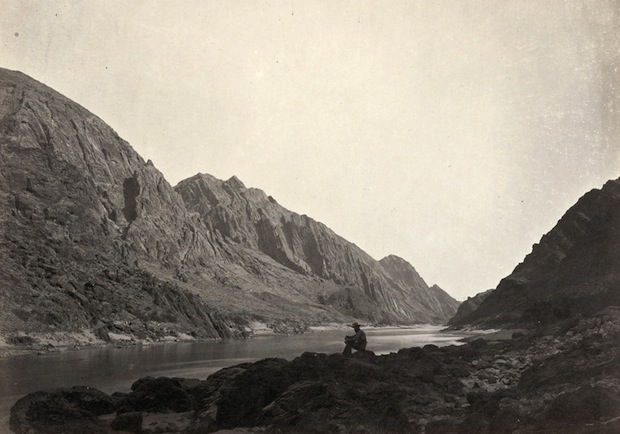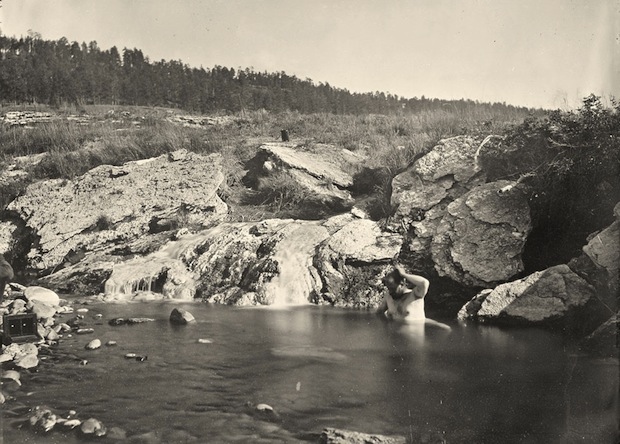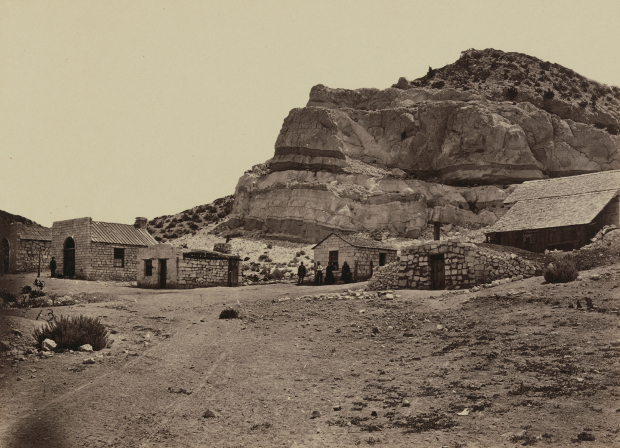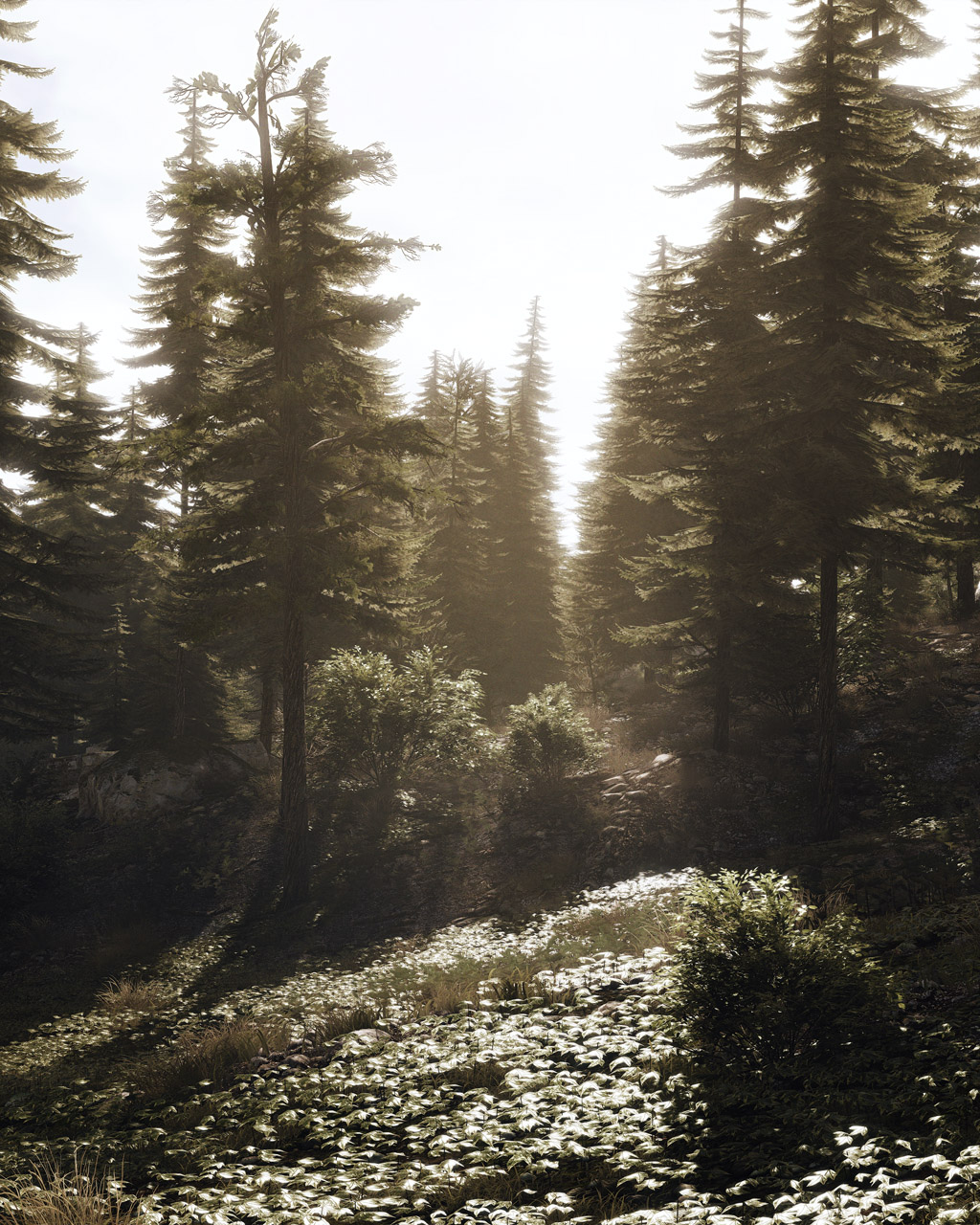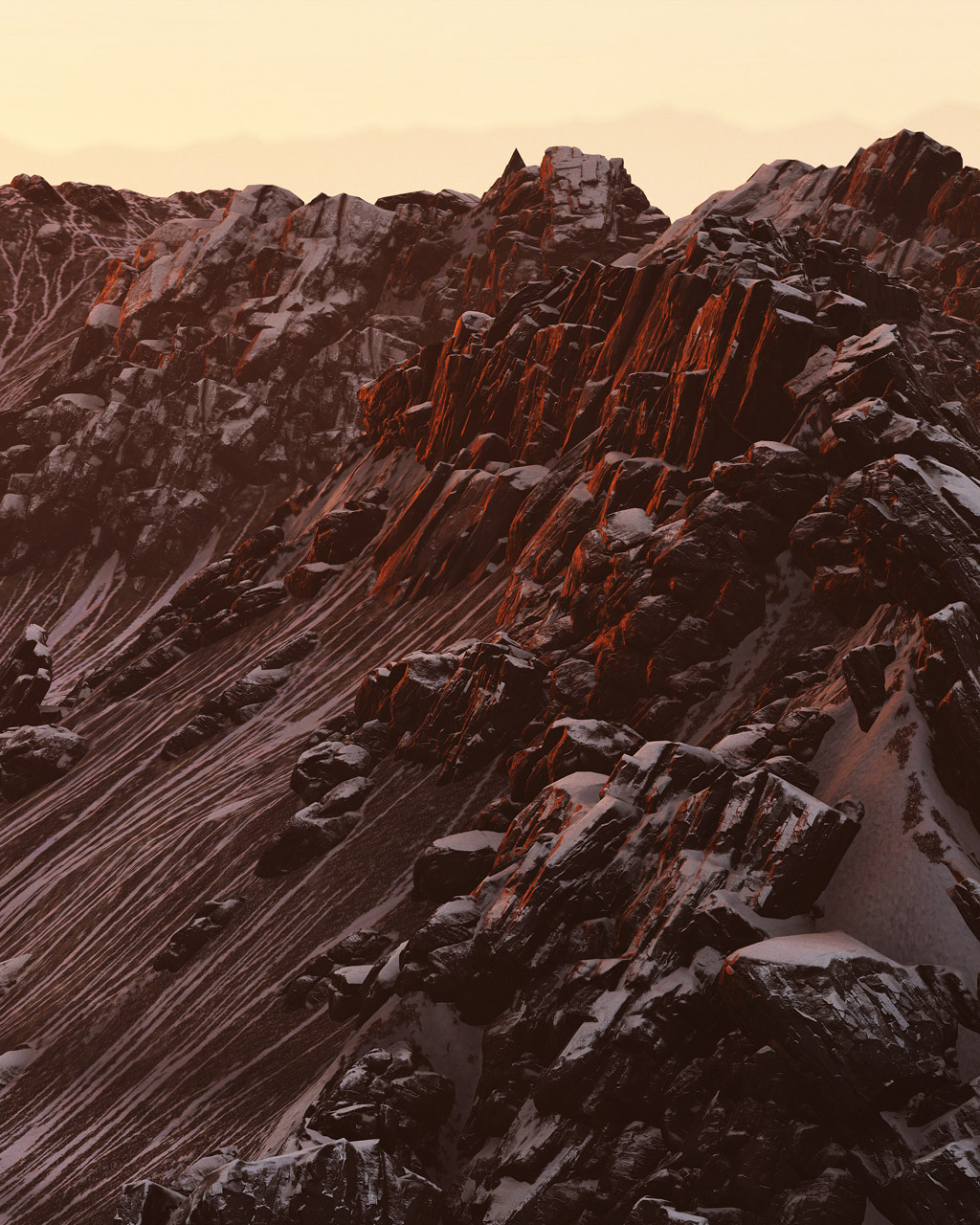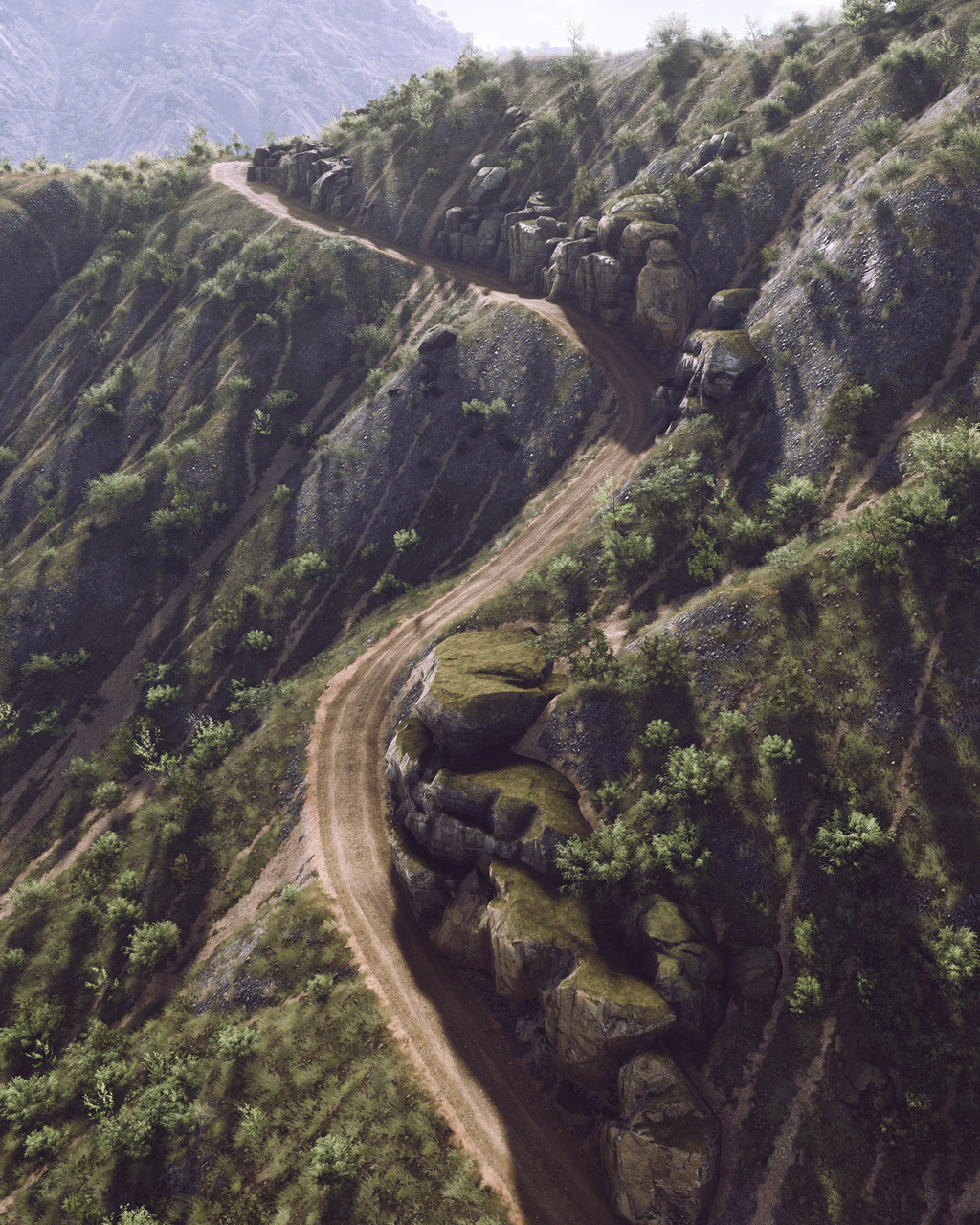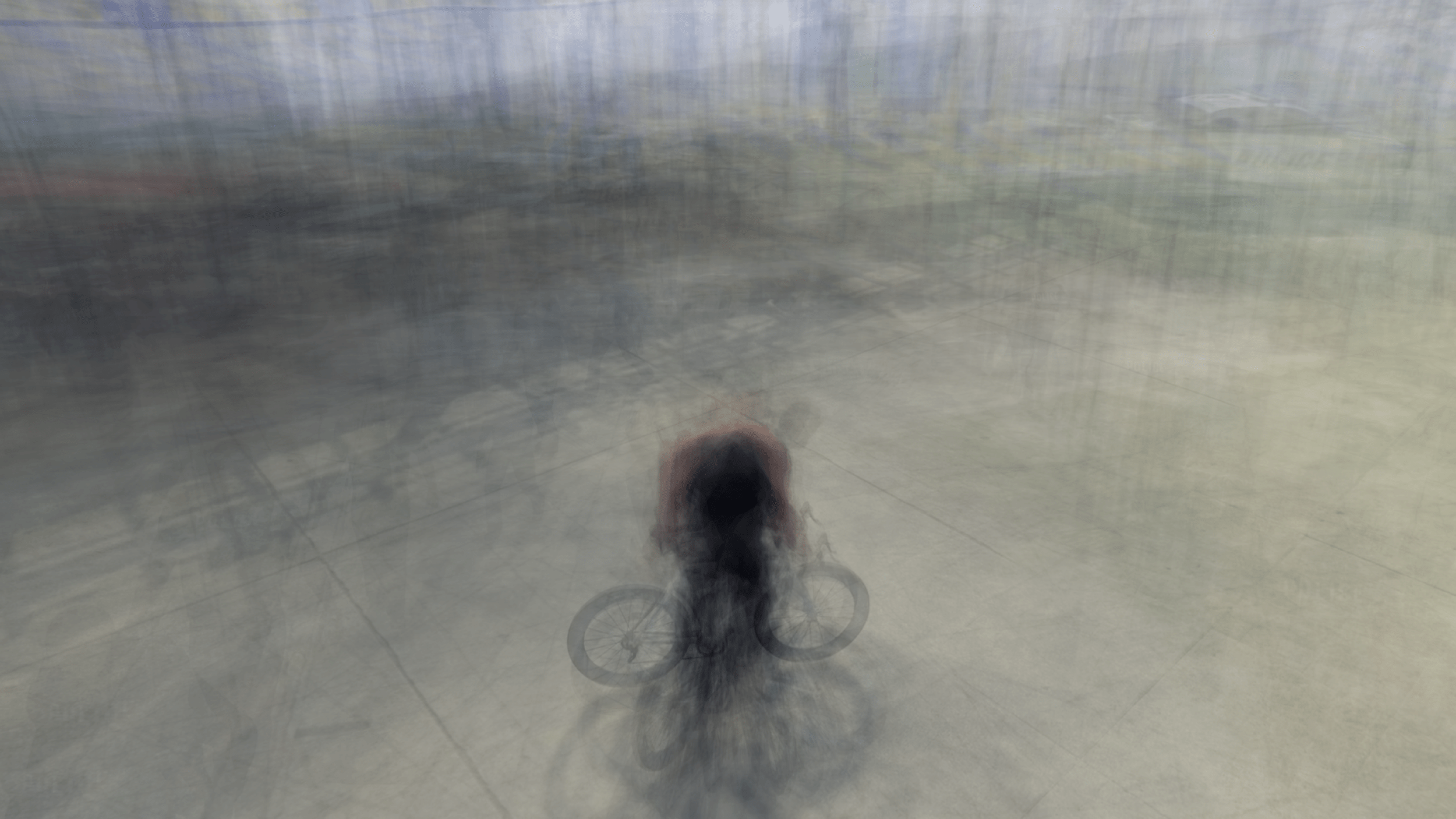
Now that the ongoing coronavirus pandemic has put a damper on travel and forced public spaces to close, there’s been a noticeable uptick in the use of virtual landscapes as a means to experience the world. Live video feeds are streamed from zoos and aquariums; musicians and comedians are performing in empty halls and holding virtual concerts in their living rooms; and video game enthusiasts are exploring digital landscapes and gathering in virtual spaces more than ever.
This mass migration to the virtual world has also seemingly kicked off something of a secondary trend: The rise of virtual photography. With more people spending time in virtual spaces, it seems that many are finding time to stop and appreciate the beauty of their digital surroundings — and in some instances, even use them to create art.
Virtual landscapes as art
The ever-increasing realism of digital landscapes, coupled with the maturation of game players and designers, has opened up a whole new world of possibilities for in-game photography. Add to this advent of “sandbox” games that free the player from specific missions or objectives, and instead allow them to wander the gamescape unencumbered by any predetermined purpose. These trends have coalesced and led more and more players to experiment and push the boundaries of what it means to play a game.
To be fair, most in-game photography isn’t particularly artistic in nature. The majority of it is things like selfie shots of in-game bling, tricked-out cars, or video sequences of parkour and other wild stunts. But there’s also a small (and growing) subset of users that are utilizing the new medium of virtual photography to express themselves in other ways.
Art imitates life, and artists have always used advances in technology to better express themselves. The advent of photography monumentally changed how we see the world. From the collodion process capturing stunning views of America’s midwest mid-19th century with glass exposure to handheld cameras documenting war and daily life, it is a natural step for us to follow suit in modern digital landscapes with in-game photography. And with the uncertain future of physical art exhibitions, and a growing attention by players toward shooting photographs as opposed to enemies, this fresh medium is beginning to gain traction in the art world.
What follows is a survey of in-game photographer-artists who have worked to elevate the medium over the past ten years and a nod to the real-life photographers whose works they are carrying on.
Kent Sheely
“The hunters have Hasselblads instead of Winchesters; instead of looking through a telescopic sight to aim a rifle, they look through a viewfinder to frame a picture.” — Susan Sontag, On Photography.
The Fotomuseum Winterthur in Switzerland used the above quote to introduce in-game photographer Kent Sheely for an exhibition of his works in 2016. The Fotomuseum is one of the first major exhibition spaces to stage exhibitions solely focused on in-game photography. Marco de Mutiis is the digital curator at the museum located in Switzerland, and he is a leading authority elevating in-game photography as a valid art form.
“We have an increasing detail in photorealism where we can simulate the representation of the photograph in a way that is indistinguishable,” de Mutiis told Digital Trends over a Skype session from his home in Zurich.
Sheely’s series of in-game still shots, called DoD (taken from the game Day of Defeat) exhibited at the Fotomuseum were influenced by Frank Capa, the renowned photographer known for his photographs of D-Day, where he landed in the first wave armed only with his camera.
Similarly, Sheely modified the in-game image by transposing the color to black and white, removing the avatar’s gun, and entering the game in a non-combat role.
“It was definitely a crossover interest,” Sheely explained during a video call with Digital Trends. “I used to watch war documentaries with my dad, like the Ken Burns documentaries, especially the Capa ones. It was because of how surreal the Capa shots feel. It feels real, but then at the same time it doesn’t.”
For reference, Capa’s iconic D-Day photographs were damaged in a dark room catastrophe, which gave them an unintentional blur effect. Serendipitously, this accident gave the shots an added eeriness, and as a result, they’re now regarded as some of the most iconic photographs of all time.

Sheely manipulated his in-game photographs to give them a similar feel and pay homage to Capa — a move that helped his Day of Defeat series capture the interest of art critics and journalists, and ultimately jump-started his career as an artist.
“I think the thing with DoD in a dark sense it is kind of making a game with something that really happened and it is something that is creating escapism from a real event 100 years ago,” he said. “It is really a satirical way in which video games represent reality. WWII was not about two teams of 10 guys running around and jumping to capture flags in the middle of an Italian town. The game version is not at all reality, but in the photos, there’s a little bit of that comes through that is interesting to me.”
Alan Butler
Digital artist Alan Butler works primarily in the realm of in-game photography in the games Grand Theft Auto V and Red Redemption II. Prints and video-displays of his work have been exhibited internationally and his focus is on elements of social realism found in game spaces.
The realism of the aforementioned games has become the gold standard of virtual landscapes. Both the online and offline versions are also violent, so when a player enters the gamescape to shoot photographs and not enemies, they put their avatar at risk at being killed in the game.

“I think modern game simulations are beautiful, but for people to put down the guns and specifically take a photograph of something is more. And it is incredibly difficult because people will shoot you in the head,” Butler explained during a video chat from his home in Dublin.
Whereas Sheely takes his in-game photographs by taking a screen capture, Butler uses cameras available to the player in the game. He was inspired by the street photography of Henri Cartier-Bresson for his series Down and Out in Los Santos, where he photographed the homeless non-player-characters in GTA V.
“GTA V is very sophisticated with their depictions of homeless people. It is spooky in that game because when you are around homeless people that react to you, but when you take out your camera they react in a different way, like ‘Don’t take my fucking photograph you fucking asshole’ and they’ll start posing,” Butler said.

Butler’s conceptual approach to relevant subjects and his meticulousness in delivering those ideas has elevated his work above other in-game photographers. That is most apparent in his work On Exactitude in Science, which is a frame-by-frame recreation of Godfrey Reggio’s 1983 documentary Koyaanisqatsi, — but filmed entirely in Grand Theft Auto V.
“Alan is one of the most conceptual artists working in the medium of in-game photography,” de Mutiis said, who has exhibited Butler’s work at the Fotomuseum.
“What makes his work strong is combining that conceptual approach with a very intense process. He is very committed, and at the same time, he is also very able to reflect. He has a very wide understanding of all the actors involved, and I think that’s what makes his images work and are stronger compared to others.”

Butler has recently turned his in-game camera to the virtual gamescape of Red Dead Redemption II, another Rockstar game based in the mid-19th century American midwest. The game has been praised for its attention to detail — specifically with its accurate depictions of the flora and fauna of the landscapes. Even Audubon Magazine commented on the game’s beauty. In Red Dead Redemption II, Butler had to avoid snakes and alligators attacking him, much like he had to avoid gun-toting marauders in GTA V when taking in-game photographs.
His shots of the beautifully rendered and historically accurate locomotives, bridges, and buildings along with the natives and settlers that inhabit the game are indistinguishable from photographs taken at the time. The camera available in the game is the glass-plate collodion, the only camera available in the mid-1800s, which is known for its sepia tone.
Butler was influenced by the work of Timothy O’Sullivan, the most renowned photographer of the time, and Butler’s shots parallel his work. Butler even used an antique real-world collodion to capture screenshots for an upcoming series.
It could be argued that Butler’s photographs are more visually striking, because the in-game photographer can take multiple shots and digitally manipulate the image, unlike the lengthy and tedious exposure time required for collodion exposures.
You can see some of those shots, along with a virtual tour of the game in his video piece My Second Summer in the Sierra, which he exhibited online with the Fotomuseum due to the quarantine.
“There is a whole level of sophistication in Red Dead II, that is generations beyond GTA V with the complexity of the ecosystem,” Butler said. “You could do a whole David Attenborough-esque nature documentary just shooting the wildlife in the game.”
Justin Berry
Ansel Adams was a protege of O’Sullivan, and his landscape photography is similarly iconic and timeless. Carrying on that tradition, in-game photographer Justin Berry shots take influence from Adams’ use of light, contrast, and depth of field.
“In a game, you’re not even supposed to see these landscapes. They’re just backdrops. The act of just looking at them is empowering, and it made me fall in love with photography. A seemingly simple landscape can tell a powerful narrative.” said Berry, who is also a real-world photographer, sculptor, digital media artist, and a member of the faculty in the art department at Yale University.
Because he typically works in games from the early 2000s that often don’t have in-game camera options, Berry takes hundreds of screenshots of the same image and stitches them together. This gives a richness to the image that is best experienced in galleries and museums. The high resolution acquired in his post-production work makes for landscape images that are nearly indistinguishable from real-world photography.

“When you take a picture of something, you are highlighting it and saying that this is something worth seeing. I’m interested in the poignancy of that moment, that choice. And to me, there is something about playing a video game and what it means to acknowledge that space and given that critical and sincere gaze that we view the world with I feel like games deserve and need that especially as they become more prevalent.”
Claire Hentschker
Whereas Berry’s composite photographs aim for a sort of hyperrealism that blurs the line between the digital and real-world, in-game artist Claire Hentschker uses a similar composite technique in a more abstracted form with her photography.

In-game videos have become a popular medium for players to exhibit their gaming adventures on platforms such as Twitch and YouTube, and for her GTA Image Average Series, Hentschker culled through hundreds of YouTube videos to express herself with in-game photography.
She was initially a painter but transitioned to digital art due to the ease and modern aspects of the medium. She was inspired by Rückenfigur, which means back-figure in German, and was a painting movement best espoused by the painter Caspar David Friedrich in the mid-19th century.

The in-game videos are frequently recorded in the third person with the player’s avatar at the center of the screen, and she selected ones that similarly best depicted the Rückenfigur effect.
“The Rückenfigur paintings come from the tradition of believing these footholds to be the glory of God and the glory of nature. You’re supposed to project yourself onto this character to be awed by the world, and I kept thinking about how much my experience with these games is projecting similarly onto the avatar,” said the Brooklyn artist in a video chat from her home.

After gathering the YouTube videos, She then used “image averaging” software to blend them into a still image she described as “the sum of someone’s desire to share an imaginary world through a gameplay video.”
“The magical part is you’re so alone in this digital world, with avatars walking through these scenic mountains alone, it really does feel like if you were in the real world it would be something you would make a painting 100 years ago.”
A brave new world
Despite the fact that this article only covers a handful of artists, the new medium of in-game photography is growing at a feverish pace. New games are embracing the concept, communities of enthusiasts are springing up online, and new digital tools are making it easier and more accessible than ever.
For example, the game Umurangi Generation was released on Steam last May. It’s focused entirely on in-game photography and encourages players to take compelling photographs inside a dystopian digital landscape, rewarding them with a variety of lenses and equipment and more difficult assignments as the game progresses.
Beyond games, there are also new apps for budding in-game photographers to use. The recently released in-game photography program Ansel has met the demand for post-production tools for in-game photographers and enables editing capabilities that traditional photographers could only dream of back in the days of darkrooms.
“I think in-game photography has definitely received a bit more attention within artistic and cultural institutions recently,” de Mutiis said. “And when you’re stuck at home you have this possibility where you have access to these images that you do not have in real life.”
Editors' Recommendations
- Rockstar Games’ co-founder just formed an ‘absurd’ new studio
- Game Pass adding Resident Evil 7, losing Red Dead Redemption 2
- Game-breaking bugs hinder Red Dead Redemption 2 PC launch

